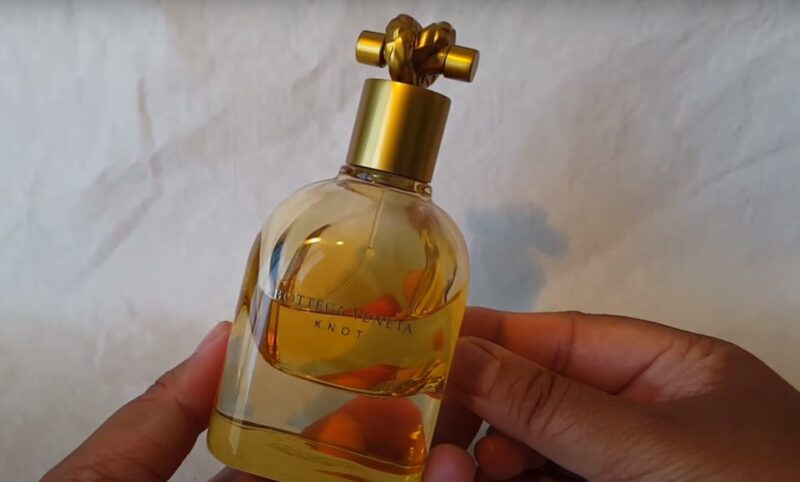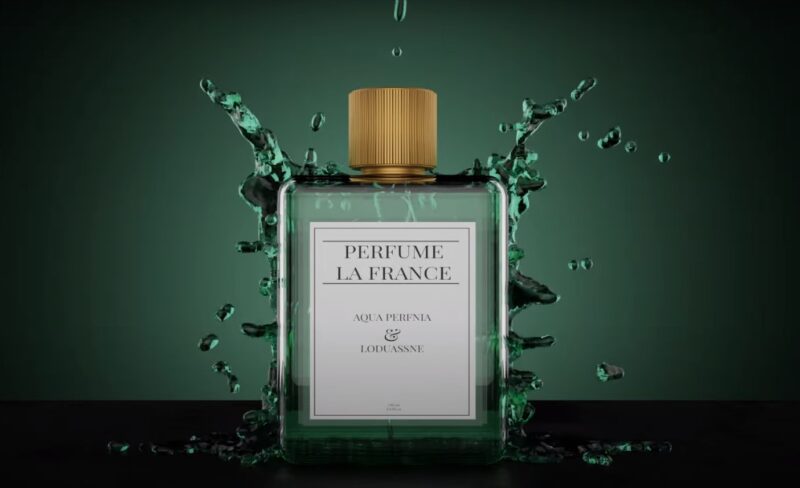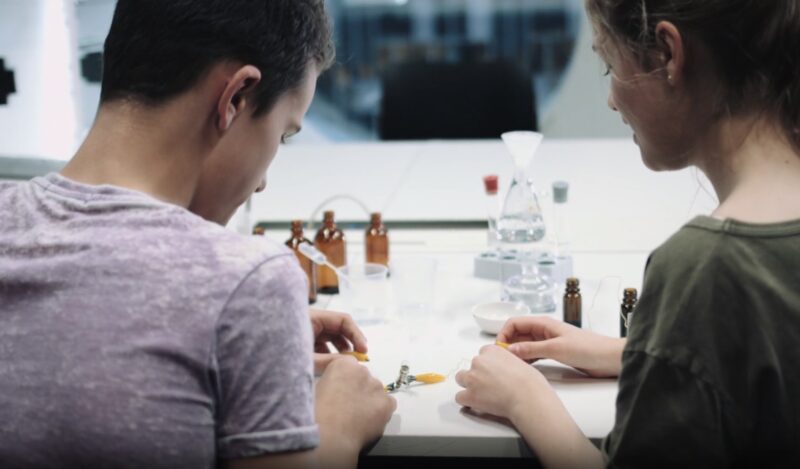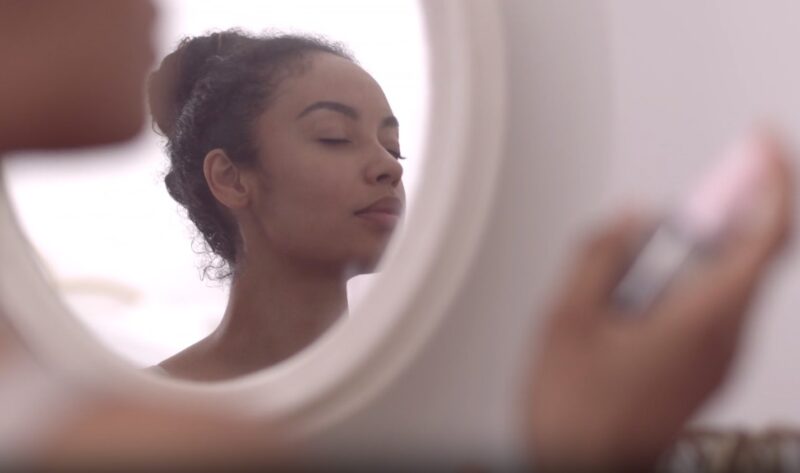Perfume is an art that dates back thousands of years, evolving from simple incense and balm to the complex liquid concoctions we know today. The heart of any perfume is its scent, which is typically categorized into primary fragrance families. Each family represents a distinct group of scents that share common characteristics.
| Scent Family | Characteristics | Common Usage |
|---|---|---|
| Floral | Derived from flowers, ranging from delicate to heady. | Widely used in women’s perfumes, often combined for nuanced bouquets. |
| Citrus | Fresh and tangy from citrus fruits like oranges, lemons. | Popular in daytime and summer fragrances, typically as top notes. |
| Oriental | Rich, exotic from spices, resins, and animalistic base notes. | Preferred for evening wear, known for warmth and sensuality. |
| Woody | Earthy and robust from woods like cedar and sandalwood. | Favoured in men’s colognes and unisex perfumes, especially base notes. |
| Fougère | Fantasy blend of lavender, oakmoss, and coumarin. | Classic in men’s perfumery for a sophisticated, aromatic profile. |
| Gourmand | Edible qualities from sweet ingredients like vanilla, chocolate. | Increasing popularity for unique, often comforting aromas. |
Floral: Blossoming Aromas

Floral scents are perhaps the most popular and widely recognized fragrance family. They are primarily derived from the natural scent of flowers such as roses, jasmine, lilies, and many others. Floral fragrances can range from the delicate and subtle scent of fresh-cut flowers to more potent and heady aromas. They are often associated with femininity and are used extensively in women’s perfumes. Floral scents can also be combined with other families to create floral oriental or floral fruity fragrances, offering a vast spectrum of aromas.
Citrus: Zesty and Fresh
Citrus fragrances are known for their fresh and tangy scents. They are predominantly made from the oils of citrus fruits like oranges, lemons, bergamot, and grapefruits. These scents are often described as bright, cheerful, and clean, making them popular choices for daytime wear and summer fragrances. Citrus scents are usually light and therefore often used in the top notes of a perfume, where they make a compelling first impression.
Oriental: Exotic and Mysterious
Oriental fragrances are known for their rich and exotic scents. They are often made from spices, resins, amber, and animalistic base notes like musk. These perfumes are considered warm, sensual, and intense, with a lingering presence that captivates the senses. Oriental fragrances are typically heavier and well-suited for evening wear or special occasions. They can evoke a sense of mystery and luxury, transporting the wearer to far-off lands.
Woody: Earthy and Robust
Woody scents are characterized by their warm, dry, and earthy notes. They are usually derived from materials like cedarwood, sandalwood, and vetiver. Woody fragrances are known for their grounding and calming effects, often bringing to mind forests, parks, and natural outdoor spaces. They are popular in men’s colognes but are also used in unisex and women’s perfumes, particularly in the base notes where their stability helps anchor the lighter top and middle notes.
Fougère: The Aromatic Blend

The term “fougère” comes from the French word for “fern.” Fougère fragrances are a fantasy concoction, as ferns do not have a scent of their own. These perfumes are constructed around a base of lavender, oakmoss, and coumarin. They often incorporate other herbs and grasses to create a fresh, woodsy, and slightly floral scent. Fougère fragrances are particularly favored in men’s perfumery for their sophisticated and classic aromatic profile.
Gourmand: Culinary Delights
Gourmand scents are a relatively new classification in the fragrance world. They are characterized by their edible and sweet qualities, reminiscent of food ingredients like vanilla, chocolate, coffee, and fruits. These scents can evoke feelings of warmth and comfort, often described as decadent or addictive. Gourmand fragrances have grown in popularity, especially among those who enjoy a perfume that stands out for its unique and often comforting aroma.
The Art of Blend: Layering Scents

Creating a perfume is a delicate art that involves blending different scents from various families to achieve a harmonious and appealing fragrance. The composition of a perfume typically includes top, middle, and base notes. Top notes are the initial, lighter scents that catch your attention first. Middle notes, or heart notes, are the core of the perfume, representing the main elements of the scent. Base notes are the deeper, more enduring fragrances that linger after the top notes have evaporated.
Perfume’s Personal Touch
Perfume is profoundly personal, with the same fragrance smelling differently on different people. This variation is due to factors like skin type, diet, and even the weather. When choosing a perfume, it’s essential to consider how it interacts with your skin and how it makes you feel. Whether you’re drawn to the fresh zing of citrus, the deep allure of oriental spices, or the sweet temptation of gourmand notes, your chosen scent becomes an intimate part of your identity.
FAQs
How long do perfume scents typically last on the skin?
The longevity of a perfume scent can vary significantly depending on its concentration and your skin type. Generally, Eau de Parfum lasts around 4 to 5 hours, while Eau de Toilette may last about 2 to 3 hours. Factors such as the perfume’s formulation, the temperature, and the dryness of your skin can also affect its staying power.
Can I mix different perfumes to create a unique scent?
Yes, layering different perfumes, also known as fragrance layering, is a creative way to create a unique scent. However, it’s important to have an understanding of the different notes and families of the perfumes you’re combining to ensure they complement each other. Start with fragrances that have similar or complementary notes for the best results.
Are there perfumes that are suitable for all seasons, or should I change them according to the season?
While there’s no hard and fast rule, many people prefer to switch their perfumes with the seasons due to changes in temperature and humidity that can affect how a scent performs and is perceived. Lighter, citrus, and floral scents are often favored in spring and summer, while warmer, spicier, and woodier scents are typically worn in fall and winter.
Why do some perfumes cause allergies or sensitivity?
Perfumes can cause allergies or sensitivities due to the presence of allergens or irritants in the formulation. Ingredients such as synthetic fragrances, alcohol, and preservatives are common culprits. Those with sensitive skin or allergies should look for hypoallergenic perfumes or test a small amount on their skin before full application.
How can I tell if a perfume has expired?
Perfumes don’t have a strict expiration date, but they do degrade over time. Signs of expiration include a noticeable change in the color of the perfume (often darker), a change or weakening of the scent, and in some cases, a sour or unpleasant smell. Storing perfumes in cool, dark places away from direct sunlight can help prolong their shelf life.
Is it better to apply perfume on the skin or clothing?
Perfume is typically designed to be worn on the skin, where it interacts with your body heat and chemistry to evolve throughout the day. However, applying it to clothing can also prolong the scent without the risk of skin irritation. Be mindful that some perfumes may stain fabrics, so it’s wise to test it on a small, inconspicuous area first.
Final Words
The world of perfume is constantly evolving, with perfumers experimenting with new scent sources and blending techniques. Advances in technology have also expanded the palette of ingredients, allowing for the creation of synthetic aromas and the replication of scents that are difficult to extract naturally. As consumers become more knowledgeable and adventurous, the demand for unique and personal fragrances grows, promising a future full of aromatic exploration and discovery.
